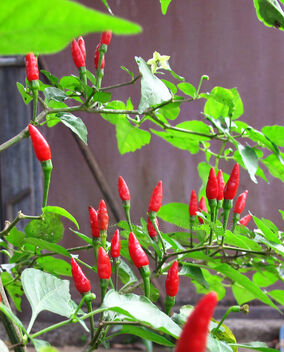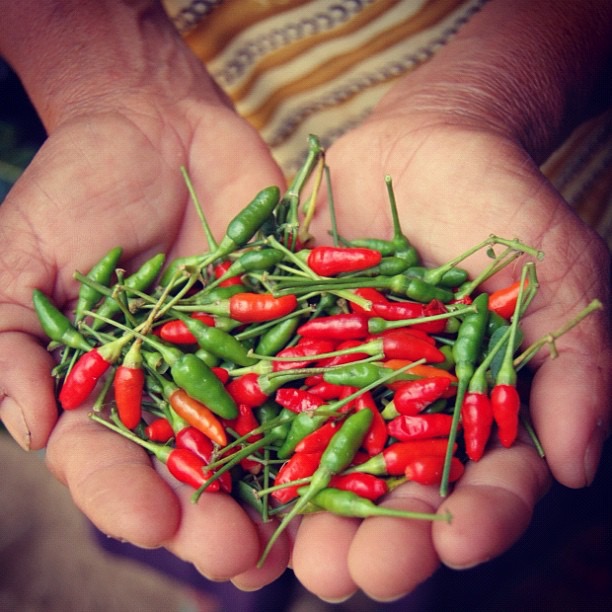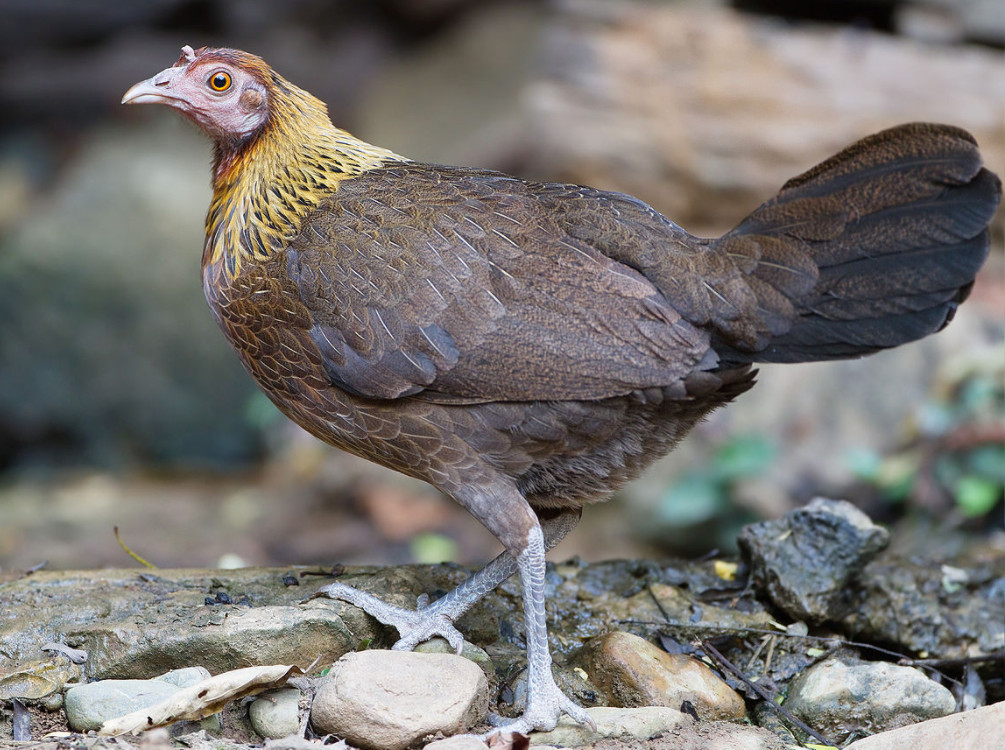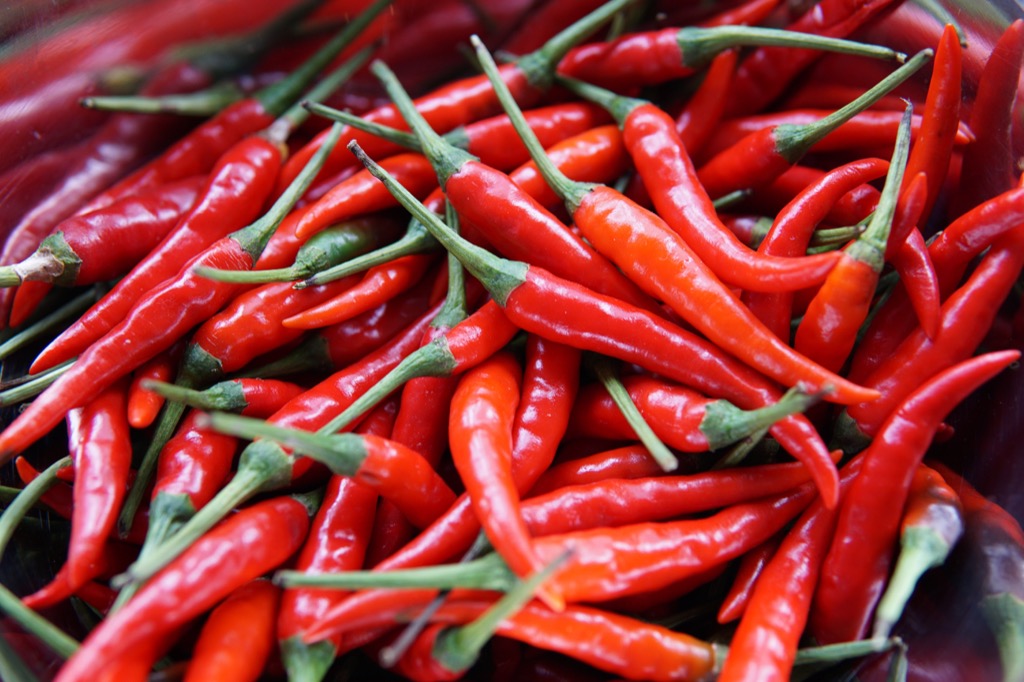Fake siling labuyo is everywhere. You can find fake siling labuyo in public markets, popular supermarket chains, and even local grocery stores. We are not sure why people started calling every chili as such. Whether long or short red chilies, everyone calls it siling labuyo. How to spot fake siling labuyo?
Bulakenyos, in general, do not like spicy food. We like it a little spicy, but not too overly spicy, just like what our kababayans from Bicol prefer. Of course, there are exemptions as there are fellow bulakenyos who love spicy food. A meal is not complete without chopped siling labuyo and your choice of condiments like patis (fish sauce) or suka (vinegar).
What is Siling Labuyo?

Siling Labuyo (Photo from chilipeps.fandom.com) 
Siling Labuyo (Photo from tagaloglang.com)
Siling labuyo is listed in the Ark of Taste international catalog of endangered heritage foods. According to the article, “Siling labuyo, a variety of Capsicum frutescens, is a small chili pepper cultivar commonly found in the Philippines. Its Tagalog name translates to “wild chili” in English. Locally it is called by many other names, including: chileng bundok, siling palay, pasitis, pasite (Tagalog), katumbal, kitikot, siling kolikot (Visaya), silit-diablo (Ilocano), lada, rimorimo (Bicolano) and paktin (Ifugao).”
“It is a perennial plant, about 1 meter tall, with small, tapered fruits about 2.5 cm long and 0.75 cm at the widest diameter. Most peppers are red, though some cultivars are yellow, purple, or black. To make a spicy condiment, one of the most common uses of the pepper itself is mixed with vinegar and other spices, such as ginger, onion, and garlic,” they added.
“It can also add a fiery spiciness to all kinds of sauces, vegetables, and fish dishes. The leaves of the pepper can also be used in various typical recipes, such as seafood soups and chicken tinola. Siling labuyo has been considered a medicinal herbal plant to treat arthritis, rheumatism, dyspepsia, flatulence, and toothache,” they said.
“The peppers can be purchased locally or cultivated at home, where it is common to have a plant container, though this practice is declining some. Authentic siling labuyo peppers are also under threat due to commercially imported peppers from neighboring countries, frequently more significant and not as spicy, falsely sold as siling labuyo,” they added.
Read #LugawIsEssential: 15 Best Lugawan in Bulacan and Top 7 Beautiful Indoor Plants for Plantitos and Plantitas
It was believed that capsicum was introduced to the Philippines via the Manila-Acapulco galleon trade. The famous Tabasco pepper of Mexico looks the same, but it is slightly mellow in terms of its hotness level. Tabascos rate from 30,000 to 50,000 on the Scoville scale.
Probably, after years of growing in the wild and adapting to Philippine soil and climate, the original chili varieties naturally evolved into what we call our very own Siling Labuyo. They grow mainly in the wild and sometimes in small gardens and pots.
The real Siling Labuyo is spicier, small, and has a blunt end. It also has a variety of colors. Siling Labuyo has intense heat, averaging 80,000-100,000 Scoville heat units (SHU) on the Scoville scale. This cultivar is found only within the Philippines and nowhere else.
By definition, a cultivar is a type of plant that people have bred for desired traits, reproduced in each new generation by a method such as grafting, tissue culture, or carefully controlled seed production.

Siling Labuyo directly translates to “wild chili.” Labuyo means wild or grows in the wild. It can be from the Tagalog words “laboy” (vagrant/gala) or “labuyaw” (went wild, escaped from domestication). We also have a Philippine wild chicken called Labuyo.
Fake Siling Labuyo
Siling Taiwan, sometimes called Siling Tingala or Thai chili, is long, has pointed tips, and is significantly less spicy. It is now falsely and loosely sold as “siling labuyo” in the market.

We should stop the spread of this. If the local people, public markets, and supermarkets call foreign or imported chilies “siling labuyo,” we will lose our native chili identity.
Sources:
- Bray, M. (2019, August 17). Siling Labuyo: The Filipino Bird’s eye. PepperScale. Retrieved September 20, 2021, from https://www.pepperscale.com/siling-labuyo/.
- Siling Labuyo – Arca del Gusto. (2018, December 9). Slow Food Foundation. https://www.fondazioneslowfood.com/en/ark-of-taste-slow-food/siling-labuyo-2/
- LaGuardia, B. (2021, July 3). What is Labuyo Chicken. Putak Putak Poultry Blog. https://putakputak.com/chickens/what-is-labuyo-chicken/
- Jose, C. S. (2021, August 12). We’ve been confusing siling labuyo for another chili all this time. NOLISOLI. https://nolisoli.ph/98865/siling-labuyo-chili-confusion-siling-tingala/